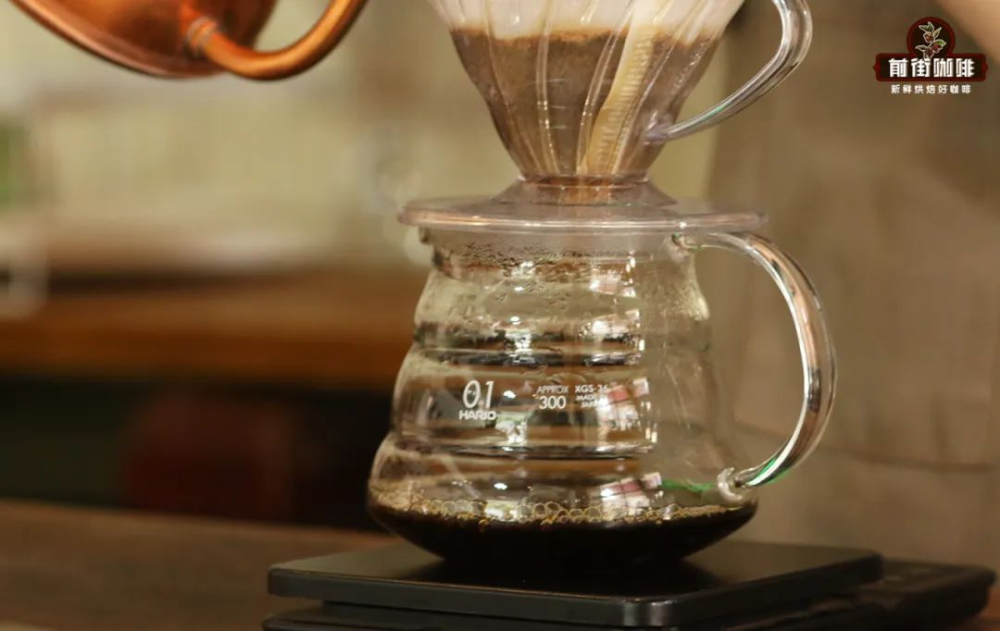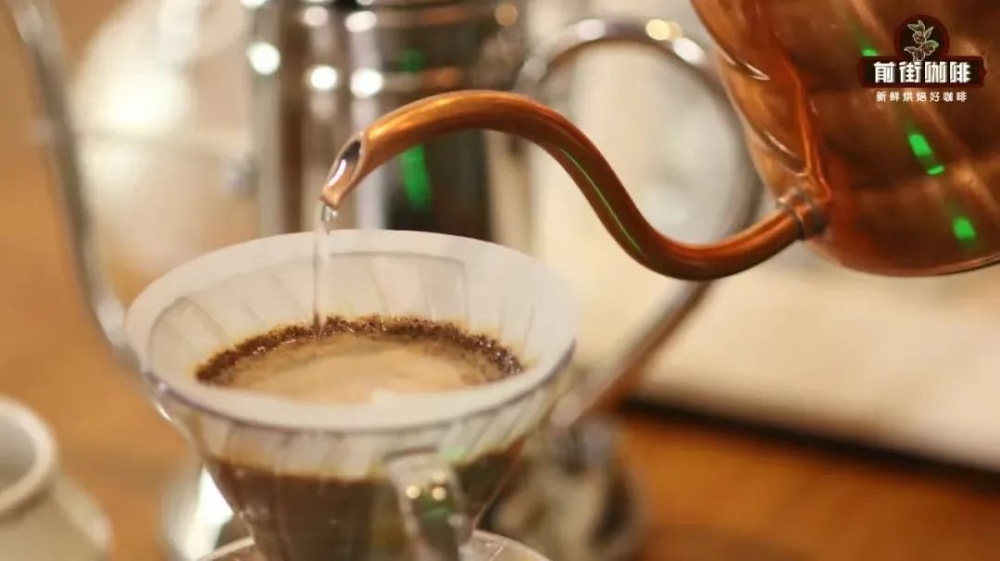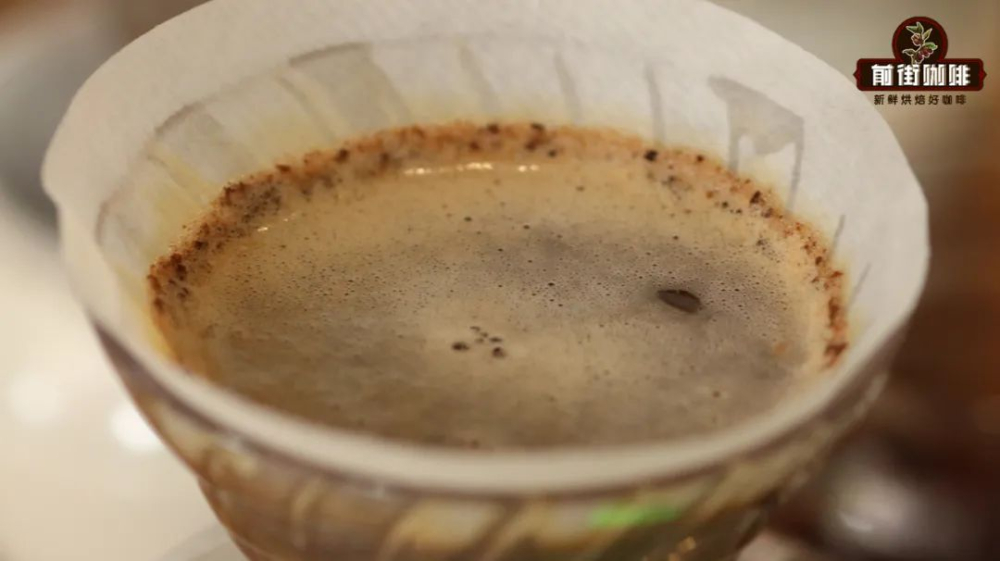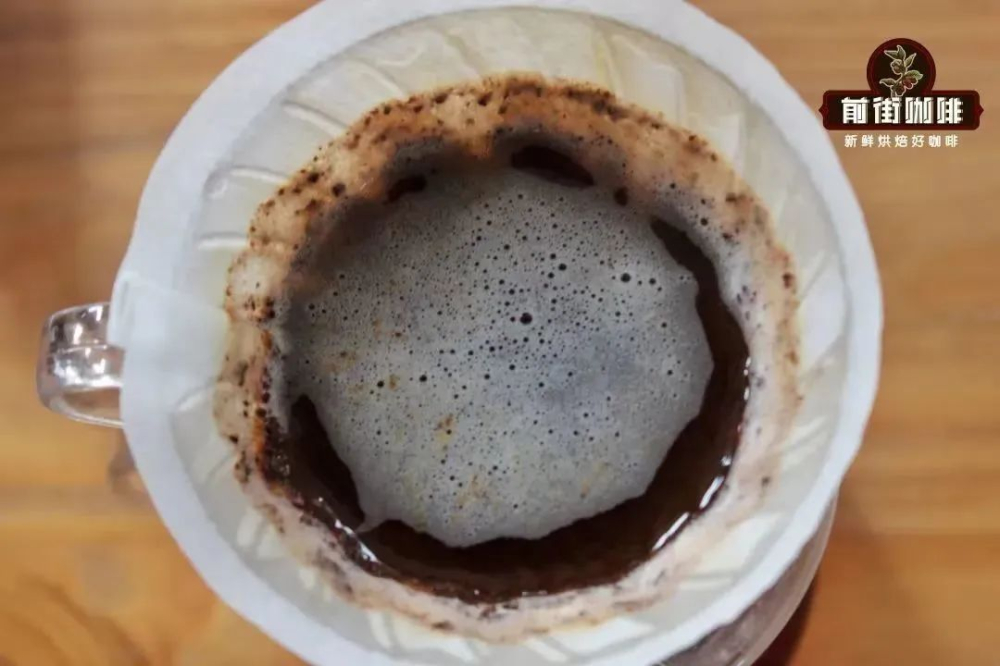How to allocate the amount of water injected into segmented hand-brewed coffee? How much water should I make for each section of coffee?
When brewing coffee, the form of segmented water injection is more suitable for beginners, because it can have more room for adjustment and better deal with the upcoming problems such as stagnant water, fast launching, uneven extraction and so on.
Of course, segmented water injection will also make many beginners wonder, that is, how to allocate the amount of water in each section? And eager to know how different the amount of water in each section will affect the flavor of coffee?

In order to directly show the influence of water distribution scheme on flavor, Qianjie designed a comparative experiment for everyone to understand. In this experiment, Qianjie uses three stages as the water injection scheme. (in order to avoid confusion among some people, Qianjie explains here that the three-stage water injection is divided into three stages, of which these three stages include steaming; while the three-stage water injection does not include the steaming stage, it is called "three-knife flow", and the actual number of water injection is four stages. )

Therefore, in the three-stage framework, in addition to the stifling injection of the first section, only the second and third segments need to be allocated. The comparative experiments of the three groups in Qianjie are as follows: the first group: the second stage water quantity > the third section water quantity, the second group: the second stage water quantity = the third stage water quantity, the third group: the second stage water quantity, the third group sweetness: the second group > the third group > the first group: the second group > the first group > the third group Yu Yun: the three are not similar to each other. During water injection, the coffee powder layer will be rolled up by the water column. It plays a role in improving the extraction efficiency. When the extraction efficiency is improved in different time periods, there will be different flavor performance. When the amount of water allocated in the current section is more, the amount of water in the latter section will be less, and it will be easy to show active acid quality, and the overall performance will tend to be fresh, active and comfortable; similarly, when there is more water allocation in the latter section, the taste and sweetness will be improved, and the overall performance will tend to be balanced, thick and steady. However, if a large amount of water is allocated in the latter section, there may also be a thin taste. For example, the coffee beans of Guoding Ding are used in the front street of this experiment, which has the advantages of high altitude, shallow baking and high bean hardness.

Coffee powder is very easy to deposit on the powder bed during brewing, so the powder wall can only be formed after steaming. In the third group, because the amount of water injection in the second section is slightly less, the water level is lower, and the powder wall is naturally low. When more water is allocated in the third section, the water level will easily submerge the previously built powder wall. The water on the powder wall will flow away from the edge of the filter cup, so that the taste of the coffee is naturally thin.

Therefore, when planning the allocation of water, the water level should also be added. For example, if you want to show the sweetness of this cup of coffee and concentrate the amount of water in the back of the injection, the actual operation may cause the water level to be higher than the pink wall. Then you can temporarily divide the later section of water injection into two sections, so that there will not be the problem of thin taste. Of course, it also proves that the distribution of water this time is unreasonable and needs to be planned again. Finally, if you pay close attention to the open water injection allocation scheme, most of them are anchored in the first 6, 4, 7 and 3.
Important Notice :
前街咖啡 FrontStreet Coffee has moved to new addredd:
FrontStreet Coffee Address: 315,Donghua East Road,GuangZhou
Tel:020 38364473
- Prev

How to make shallow roasted coffee beans by hand? Why is it easy to accumulate water when the speed of shallow coffee is slow?
For hand brewers, the first thing to do before making a brewing plan is the roasting degree of coffee beans, and the performance of coffee extraction is different under different roasting degrees. Shallow baked beans retain more flower and fruit aromas because of their light baking, but they often leave only monotonous sour taste when they are cooked at home, and then they begin to fall into doubt. Shallow baking
- Next

How long can the coffee be ground and preserved? How to make coffee powder taste better?
We know that the flavor of pre-ground coffee powder is not as good as freshly brewed coffee. This is because the coffee beans will accelerate the loss of flavor after grinding, resulting in the coffee flavor from the pre-ground coffee powder is not so rich. Everyone knows the truth, but sometimes when the conditions do not permit, it is coffee to grind the coffee beans into powder in advance.
Related
- Beginners will see the "Coffee pull flower" guide!
- What is the difference between ice blog purified milk and ordinary milk coffee?
- Why is the Philippines the largest producer of crops in Liberia?
- For coffee extraction, should the fine powder be retained?
- How does extracted espresso fill pressed powder? How much strength does it take to press the powder?
- How to make jasmine cold extract coffee? Is the jasmine + latte good?
- Will this little toy really make the coffee taste better? How does Lily Drip affect coffee extraction?
- Will the action of slapping the filter cup also affect coffee extraction?
- What's the difference between powder-to-water ratio and powder-to-liquid ratio?
- What is the Ethiopian local species? What does it have to do with Heirloom native species?

